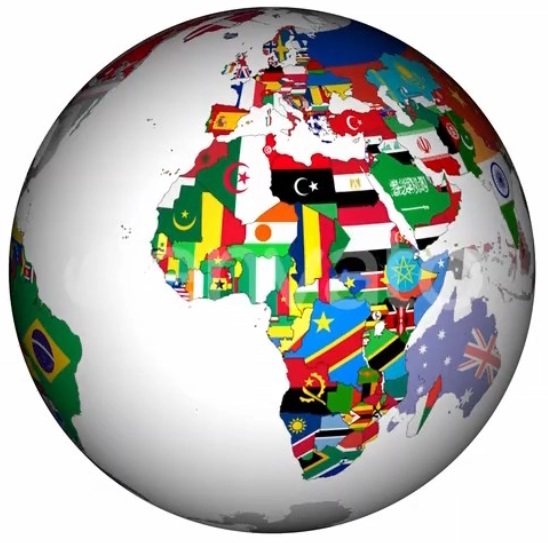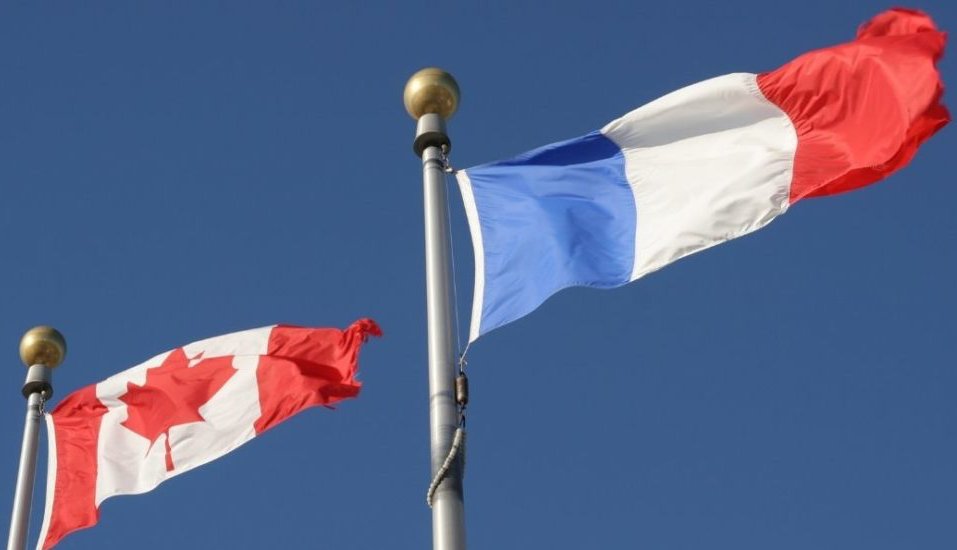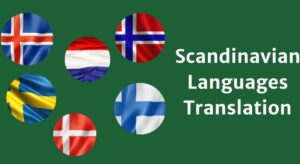Do you want to know the difference between Canadian French and French spoken in Europe? Well, Translation AZ can help you with this dilemma. French is spoken by approximately 274 million people in France, Belgium, Switzerland, Canada and some African countries. About 7.2 million people speak Canadian French in Canada. The two languages are similar, but there are some differences between them.
The most noticeable difference between the two languages is that Canadian French has a lot of English words that are not used in European French. This is because of the strong influence of English-speaking settlers on the country’s history and culture. A lot of these English words come from regional dialects like Quebecois and Acadian dialects which were brought to Canada by immigrants from Europe. Because of its history and geographical location, French in Canada differs from French in France. Consider French Canadians to be French people who’ve lived in North America for several centuries. Explorers like Jacques Cartier, who came in the 16th century from France, established France’s presence and dominance over the Gulf of Saint Lawrence and its tributaries, with colonization taking place mainly in the 17th and 18th centuries. Since the early modern period, French has evolved and altered in both France and Canada. Regional languages and the languages of adjacent communities have also affected it.
While there are numerous parallels between the two languages, the subtleties and variances distinguish them. Even within Canadian French and European French, several dialects have emerged by location and continue to represent the vernacular of the area.
Canadian French vs French: Pronunciation and Vocabulary
Pronunciation and vocabulary are the two critical distinctions between European French and Canadian French. The French regulations in Quebec are also intended to control how the language is translated for the names of items and services that are often associated with the United States. These regulations do not apply in France, and the two countries have different ways of referring to commonplace objects. In Quebec, for example, a Diet Coke is called a Coke diète, and in France, a Coca lite. The distinction is slight, but it is all the same.
The distinctions between French spoken in Canada and French spoken in France are primarily verbal, with minor changes in written language. The contemporary French language’s grammar and vocabulary were defined and perfected throughout the 17th and 18th centuries, implying that many written language structures existed before the 1763 formal separation between French communities in Canada and France.
Pronunciation
As some of you may anticipate, there are some significant variances in pronunciation between Canadian and European French. Among them include, but are not limited to:
– Some vowels are pronounced differently than others.
– Before the vowels, U and I, pronounce D and T as DZ and TS, respectively.
– Accent and intonation differences
Vocabulary
There are some differences in terminology between European French and Canadian French, both spoken and written. Here are a couple of such examples:
– In Quebec, the pronoun “on” is used instead of “nous”, as it is in European French.
– Shorter prepositions are also used by French Canadians, with many preferring “s’a” and “dins” to the more formal “sur la” and “dans les” spoken in European French.
– The nasal vowels -an, -on, and -in sound much more nasal than in Standard French, and some sound completely different. In Canadian French, the nasal vowel -an, for example, might sound like -in. As a result, the vowel in the word dans does not sound like a “aw” in English. It has a similar sound to the letter an in the word apple.
Canadian French vs French: some examples from the two languages
We have prepared some expressions for you to see some differences between the two languages.
French Canadians have evolved their own terminology as a workaround for many of the English expressions that the French have elected to accept in order to stay true to their deep French heritage. “Let’s go shopping!” is a frequent English expression, for example. “Allons faire du shopping!” is a term that the French has adopted into their language. The French Canadians are less receptive to the English term shopping and have come up with “Allons faire du magasinage!” to indicate the same thing.
Quebecois is very different from standard French because it has retained many words and phrases that are no longer used in France. For example, “couler” means “to flow” in standard French, but it means “to melt” in Quebecois.
Another distinction between Canadian and European French is the vast amount of vocabulary drawn from First Nations languages in Canadian French. For example, if you wanted to buy some sandals in European French, you’d seek les sandales. Les babiches, an Aboriginal loanword, is what you’d ask for in Canadian French.
Translation AZ offers professional translation services for both languages
European French and Canadian French are two different languages. It would help if you were a professional translator to make accurate translations of official documents. The fact that French is spoken outside of France has resulted in various dialects for the same language. Assume you want to translate an English document into French for a Belgian or Quebec Canadian audience. Of course, it will still be French, but with minor changes to some words and phrases.
This is why we chose native Canadian and Belgian French speakers for these places, but there are many more instances. We also have translators fluent in Swiss, Lebanon, African French, and other languages.











